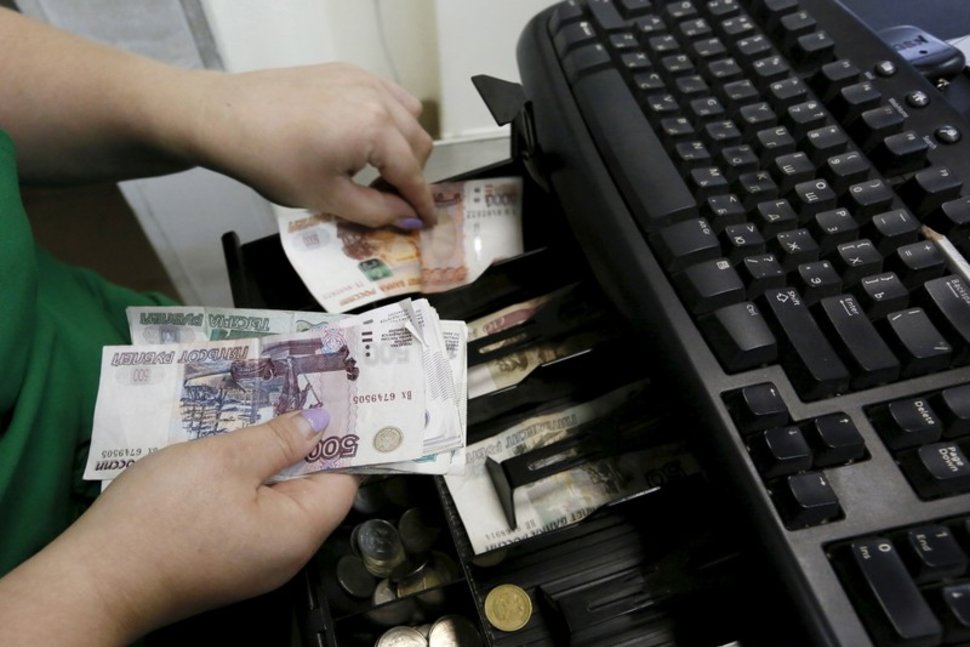Russia’s economy ministry expects annual inflation to accelerate to 3.2-3.3% in September from 3.1% in August, it said on Tuesday.
The weak ruble, which has fallen to levels last seen in March 2016, added 0.1 percentage points to August’s inflation reading, it said in a monthly report, Reuters reported.
The Russian ruble firmed on Tuesday, bouncing off its weakest level since March 2016, as the market continued to digest the risks of more US sanctions and chances of a rate increase by the Bank of Russia.
The Russian currency has been hit hard since early August by the threat of more US sanctions against Moscow, particularly on holdings of Russian government bonds, as well as a slump in other emerging markets.
“At the moment, investors’ negative expectations about sanctions keep on supporting the upside move (in the dollar/ruble pair) even despite high oil prices and a temporary pause in the central bank’s operations on the currency market,” analysts at Rosbank said, referring to the daily FX purchases that the central bank put on hold last month.
Still, the volatile ruble hovered at a distance from levels of 62-63 versus the dollar seen in July, when the Russian central bank last held its rate-setting meeting.
The next rate meeting is due this Friday and, according to a Reuters poll, the central bank will keep the rate unchanged at 7.25% but will warn of a possible rate hike in the future.
The market is not ruling out the chance that the central bank could raise rates, especially after its Governor Elvira Nabiullina has said last week there were reasons for both holding and raising rates.
“The ruble on a sustained weakening trend now, inflation heading in the wrong direction, nervousness around US sanctions on Russia—past track record suggests the CBR will try and maintain its hawkish credentials by hiking,” said Tim Ash, a strategist at BlueBay Asset Management.
Higher rates, in theory, should support the ruble by making lending more expensive, which should also help by keeping inflation in check.
This strategy worked well in late 2014 when the central bank stabilized the ruble by unexpectedly raising the key rate to 17% and months later managed to rein in once stubbornly high inflation.
Russian stock indexes were mixed. The dollar-denominated RTS index was 0.7% higher at 1,051.0 points, while the ruble-based MOEX was 0.02% lower at 2,335.3 points.


